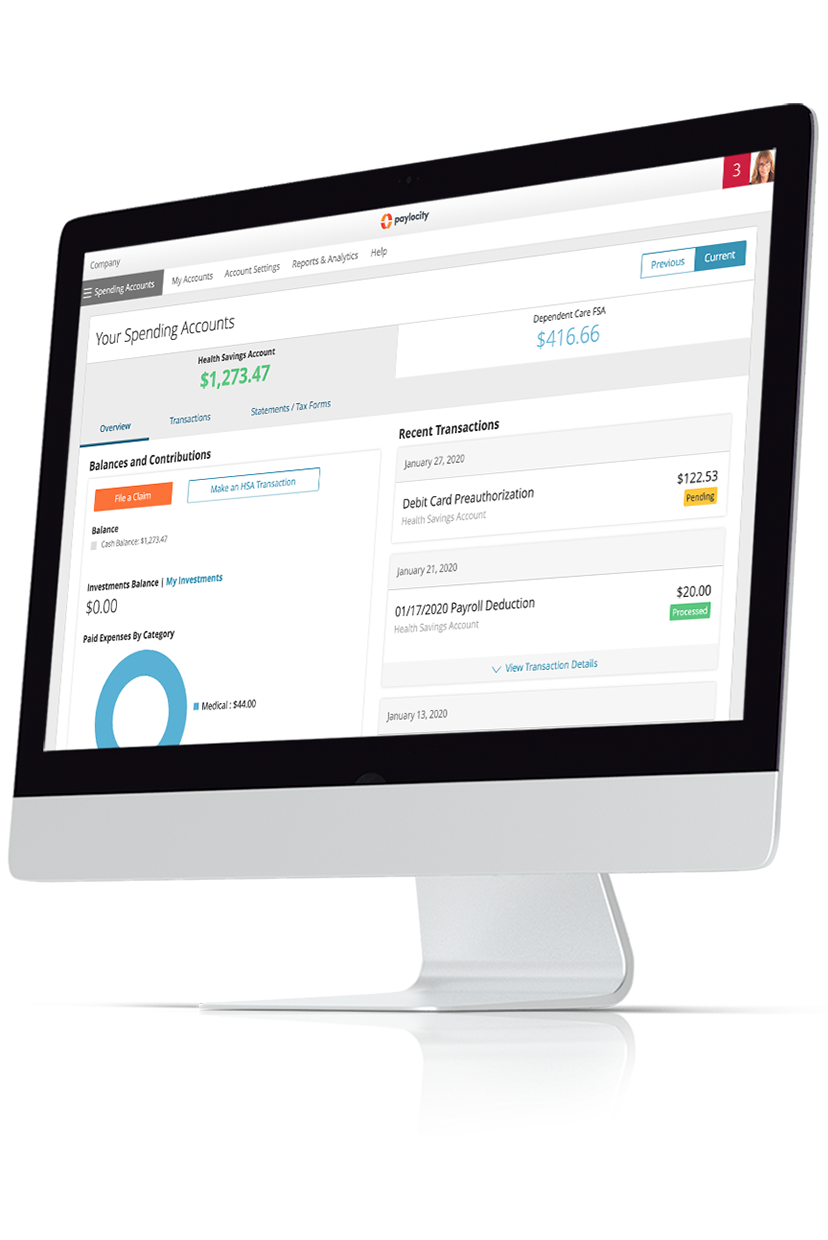Special Enrollment Period (SEP)
Summary Definition: A limited window when individuals who experience a qualifying life event can enroll in, change, or renew their medical insurance coverage.
What is a Special Enrollment Period (SEP)?
A special enrollment period (SEP) is a timeframe outside the standard open enrollment window when individuals can enroll in, modify, or renew their health insurance coverage.
Specific occurrences known as qualifying life events (QLEs) trigger SEP eligibility. These events can include losing prior health benefits, moving to a new location, getting married, or large changes in household income.
Depending on the event, individuals who qualify for a special enrollment period typically have a limited time (generally 30-60 days) to select a new healthcare plan or modify their current coverage.
Key Takeaways
- Special enrollment periods (SEPs) allow individuals with a qualifying life event (QLE) to enroll in or change their medical insurance coverage outside the yearly open enrollment period.
- The qualifying life events recognized by providers vary, but they include moving to a new zip code, adopting a child, or losing a job.
- While they help those who don’t know how to get health insurance after open enrollment, SEPs can impose strict requirements, such as providing specific evidence a QLE occurred.
Government Health Insurance Special Enrollment
Special enrollment periods aren’t limited to privately sponsored or employer-offered coverages and plans. Public insurance programs (e.g., the Affordable Care Act (ACA) and Medicare) also allow SEPs when someone has a qualifying event for applying outside the open enrollment period.
Moreover, the nature of an ACA or Medicare special enrollment period can vary by QLE. For example, an SEP for Medicare can include different options and timeframes for someone who changed where they live versus someone who’s no longer eligible for their prior coverage.
Learn More: 10 Steps to a Simplified Open Enrollment
Types of Qualifying Life Events
Whether coverage comes from a government program or private employer, each health insurance plan typically lists the QLEs it recognizes. Most fall within one of the following categories, but participants should consult their specific plan’s text for a comprehensive list.
Referring to a plan’s exact conditions can also help clarify if any evidence is required to verify a QLE occurred, such as a marriage certificate, proof of residency, or termination letter.
Household Changes
This category deals with events that alter the size of an individual’s immediate family or the composition of people living in their household. In other words, these events directly impact the household’s coverage needs:
- Marriage
- Divorce
- Childbirth or Adoption
- Death
Residential Changes
These events change where an individual lives in terms of both physical location and the type of housing involved:
- Moving to or from a shelter or school
- Relocating to a new zip code or county
- Moving to the U.S. or a U.S. territory
Loss of Prior Coverage
This type applies to events where an individual’s coverage involuntarily ends:
- Employment changes (e.g., termination, retirement, new jobs, etc.)
- Eligibility changes (e.g., age, income, marital status, etc.)
- Plan changes (e.g., switching providers, adopting amendments, expiring policies, etc.)
Miscellaneous Life Events
Plans often include an “Other” category to account for other QLEs that don't fit into one of the preceding groups. Individuals can, for example, receive an Affordable Care Act Special Enrollment Period for any of the following:
- Being released from prison
- Becoming a U.S. citizen
- Being affected by a natural disaster

Revolutionize Your Benefits Experience
Empower your employees with an intuitive benefits platform that makes choosing and managing plans a breeze. Our all-in-one solution streamlines the enrollment process, reduces administrative tasks, and ensures compliance, all while helping you control costs. With modern tools that provide clear insights and seamless access, you'll enhance employee satisfaction and drive operational efficiency.